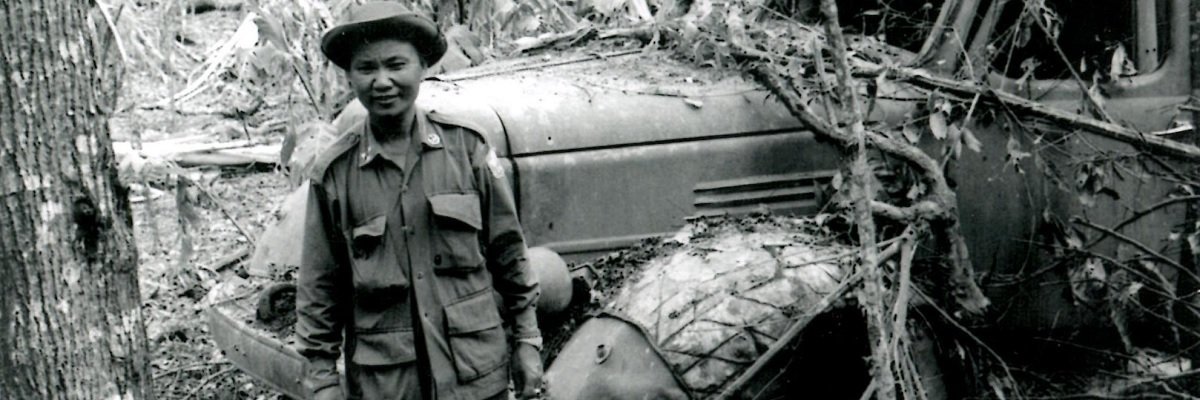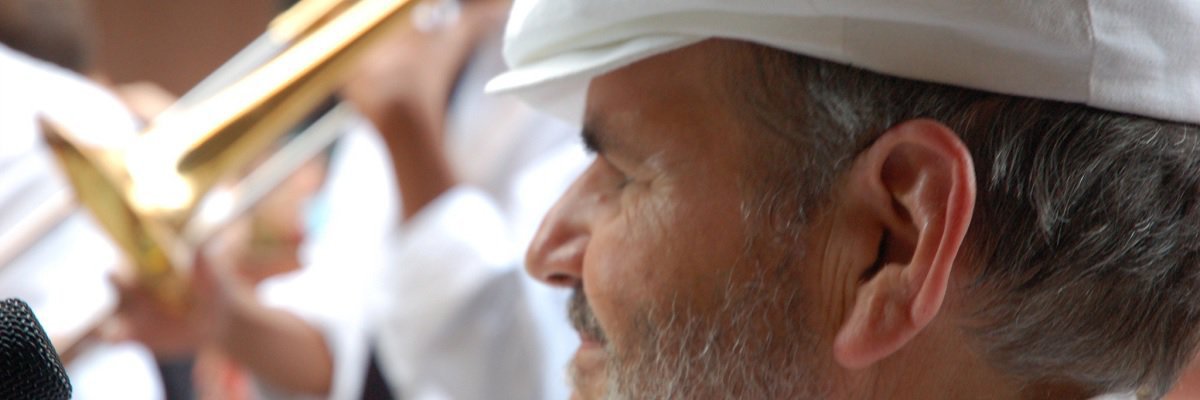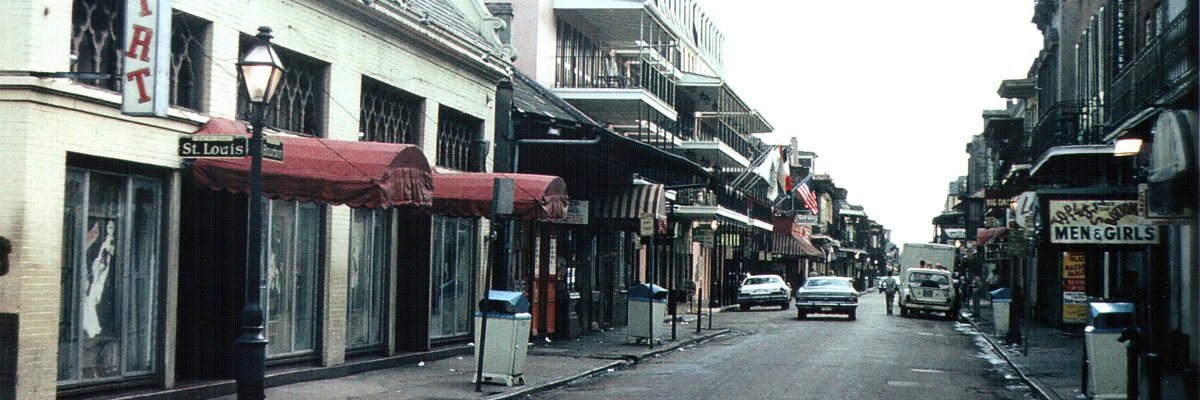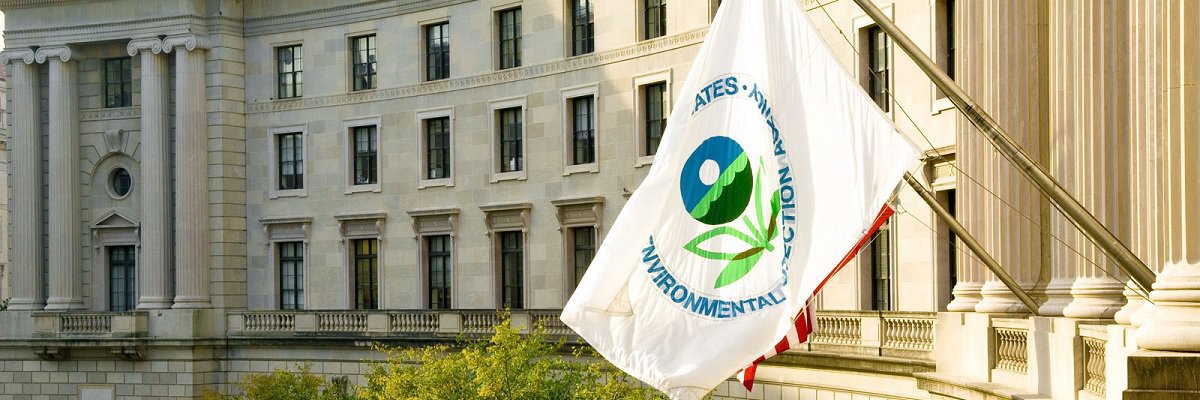For nearly seven decades, General Vang Pao served as a warrior for his people in a campaign that spanned from his native Laos to California.
Between World War II and the Global War on Terror, Vang went from decorated veteran and CIA confidante to defending himself in a federal courtroom against charges of attempting to funnel almost $10 million of weapons to Laos, where he hoped to launch an overthrow of the government.
Vang Pao’s FBI file, requested by MuckRock user Robert Delaware, reveals that the Bureau had been monitoring the general for nearly 30 years, ever since it first investigated allegations of murder, extortion and kidnapping – all in the name of the Hmong people – in 1985.
Although the FBI file is heavily redacted, the portions released to MuckRock show that federal investigators and many in the Hmong community believed that Vang extorted refugee families who received federal or state assistance, either for his personal gain or to foment revolution in Laos.
In the last decade, the aging Vang Pao had softened his stance against Vientiane in public, calling for normalized relations between the U.S. and Laos. So it was a shock when the 78-year-old Vang was arrested by the ATF in 2007 for attempting to purchase military-grade weaponry, allegedly to funnel back to Hmong revolutionaries in Laos. (Under the Neutrality Act of 1794, it is illegal for any American citizen to wage war against a country at peace with the United States.)
All charges were dismissed in 2009, but the arrest tarnished the reputation of a man eulogized two years later as a peerless military officer, an accomplished human rights activist and a beloved community leader.
War hero
Vang first took up the defense of his people during World War II, when he launched a military career at the age of 13 as an interpreter for the colonial French army against Japanese invaders. After the French colonialists left Indochina in the mid-1950s, Vang rose quickly through the ranks of the Laotian army.
His rise was all the more remarkable for his Hmong ethnicity, a cultural and linguistic minority in the mountainous regions of China, Vietnam, Laos and Thailand. With the help of the CIA, General Vang led the majority of Hmong men in Laos to fight against North Vietnamese invaders during the Vietnam War. More than 100,000 Hmong lost their lives during these covert missions in Laos. For his contributions to the U.S. War effort, former CIA chief William Colby called General Vang “the biggest hero of the Vietnam War.”
When U.S. forces left Vietnam in 1975, Vang left with them, along with 3,500 other Hmong refugees. The tens of thousands of Hmong left behind in Laos either went into hiding in the jungles or fled to Thailand when the post-war Communist administration declared it would exterminate the Hmong in retribution for allying with the Americans.
On the other side of the Pacific, Vang assumed leadership of the newly formed Hmong American community, in part by promising refugees in California and the Midwest that he would overthrow Vientiane and repatriate the thousands of Hmong in America under a new, anti-Communist regime.
Just a few years after his arrival in the U.S., Vang began to spend his energies forming various organizations to collect funds for a coup. He implored his followers to help the cause. In a typical “call to duty,” he addressed his followers:
“Having fervently hoped to rely upon the fathers, mothers and brothers of Laos- all 4 million of them - to come together in unified combat with the Northern Vietnamese enemy- the oppressive invaders who molest, conquer, and destroy our nation of Laos at this very moment. I still have a plan to call upon the fathers, mothers, and brothers…. Let every one and all support the leaders of the Neo Hom Liberation Front.”
But some say Vang’s efforts extended far beyond merely asking for donations. In 1985, the FBI began investigating claims that Vang Pao was shaking down newly arrived Hmong refugees for contributions.
According to the FBI file, one witness stated: “Pao and [his organization] Lao Family Community Inc. [are] helping place and provide social services to refugees coming into Montana. Pao’s organization helps refugees all over the U.S. Pao extorts $1000 from each refugee family he serves although he is paid through federal funds. There is also a move to kill any person trying to stop this activity.”
So great was the general’s influence in the Hmong community that the Bureau launched investigations in eight cities from California to Wisconsin to substantiate those claims.
An FBI investigator observed:

Regular donors were reportedly awarded certificates of military rank in the future Laotian government.
The FBI’s investigation extended to the Wisconsin prison system, where agents interviewed a Hmong inmate in 2000 who was collecting amounts of “$5000.00 plus” for Vang in prison.
In 1990, the California Department of Social Services charged two of Vang’s social service organizations of mismanagement of funds, leading to the shutdown of one branch in southern California. Vang was not charged, but his son-in-law Kao Thao pleaded guilty to embezzling $70,000 from the organization.
Strained relations
Despite these allegations, the Hmong American community, especially the older generation, regarded General Vang as a beloved leader and their unofficial statesman. He was an important advocate for Hmong interests abroad, especially for thousands of Hmong refugees in neighboring Thailand. In the mid-1990s, Vang was widely hailed by human rights watchers for preventing the repatriation of Hmong refugees in Thailand back to Laos, where they might have been persecuted further.
The repatriation plan, in fact, had been the brainchild of the U.S. State Department, the United Nations, and the long-suffering Thai government. The homecoming would have been led by Vue Mai, a Hmong leader in the Thai camps and an one-time military associate of Vang.
Before repatriation could begin, however, Vue disappeared in Laos, and his case remains unsolved.
At the time, many accused the Laotian administration for failing to guarantee the Hmong leader’s safety, if not being responsible for the disappearance. But the FBI noted in 1994 that “General Vang Pao and his organization plotted and planned in the United States for the possible kidnap and subsequent murder of Vue Mai…. If fully implemented, [repatriation] would have signaled the demise of Vang Pao’s organization and would have severely limited the source of funds for Vang Pao.”
The issue of the Hmong refugees had strained relations between the U.S. and Communist Laotian governments for decades; full diplomatic relations between the two countries weren’t resumed until 1992, almost two decades after the Vietnam War ended. Although Cold War politics was likely the biggest factor in the mutual chill between the two countries, it’s possible that Vang Pao played his part in poisoning the well.
But if the role of Vang Pao’s in that relationship is unclear, there is no question that the general took a toll on U.S.-Thai relations. As early as 1975, the Thai government identified Vang Pao as a national security threat. In 1994, while the general fought against Hmong repatriation, Bangkok took legal action against Vang. Stating that he had been “using Thailand as a springboard for subversive activities against Laos,” Thai police put out a warrant for Vang’s arrest and requested the U.S. government persuade the general to cease organizing revolutionary activities on Thai soil.
According to a Thai newspaper clip in the FBI file, however, “The U.S. had always refused Thai requests for cooperation to stop Wang [sic] Pao, saying the U.S. government did not support him.”
Vang not only enjoyed a general’s loyalty from his followers, but also suffered from the paranoia of a man constantly on the warpath. During the 1990s, General Vang alerted the FBI about assassination attempts against him, though they were closer to conjecture than actual attacks.
In 1995 the FBI compiled a list of threats against Vang Pao. An agent noted: 
Several years later, Vang sent the FBI a suspiciously discolored piece of bamboo, asking the Bureau to test whether it was poisoned. No drugs or poison was found on the sample.
Trap and trace
In 2000, a few years after the death of Vue Mai, the FBI agents launched a 16-month trap and trace operation that logged the incoming and outgoing calls of the United Front of the Liberation of Laos, another one of Vang Pao’s fundraising organizations.
But many observers noted that Vang Pao’s rhetoric toward the Laotian government began to soften. Diplomacy didn’t come easily to the general, but he began to call for normalized relations between the U.S. and Laos in his speeches to the Hmong community in 2001, hoping that by changing tacks, he could persuade the Laotian government to be more sympathetic toward the Hmong in Laos.
It’s also possible that, as memories of the Vietnam War faded in the national conscience and the War on Terror became front-page news, Vang was forced to tread more carefully in the U.S., lest he and his guerilla soldiers cease being freedom fighters and become terrorists instead.
But in 2007, when Vang was arrested for allegedly planning to overthrow the Laotian government, Hmong insiders were shocked. Not only had the general’s recently softened rhetoric belied his revolutionary goals, but the community’s most important spokesman seemed to have abruptly lost the political leeway – which the Hmong have always seen as loyalty – from the federal government that Vang had enjoyed for decades.
Like the accusations of extortion and murder, the arrest seemed not to affect General Vang’s standing in the Hmong community. Upon his death, Vang was given a hero’s farewell, with a six-day funeral in Fresno, California, attended by 10,000 Hmong, as well as congressmen, state senators and retired CIA agents.
Read the full file embedded below, or on the request page.
Image via TLC-Brotherhood




